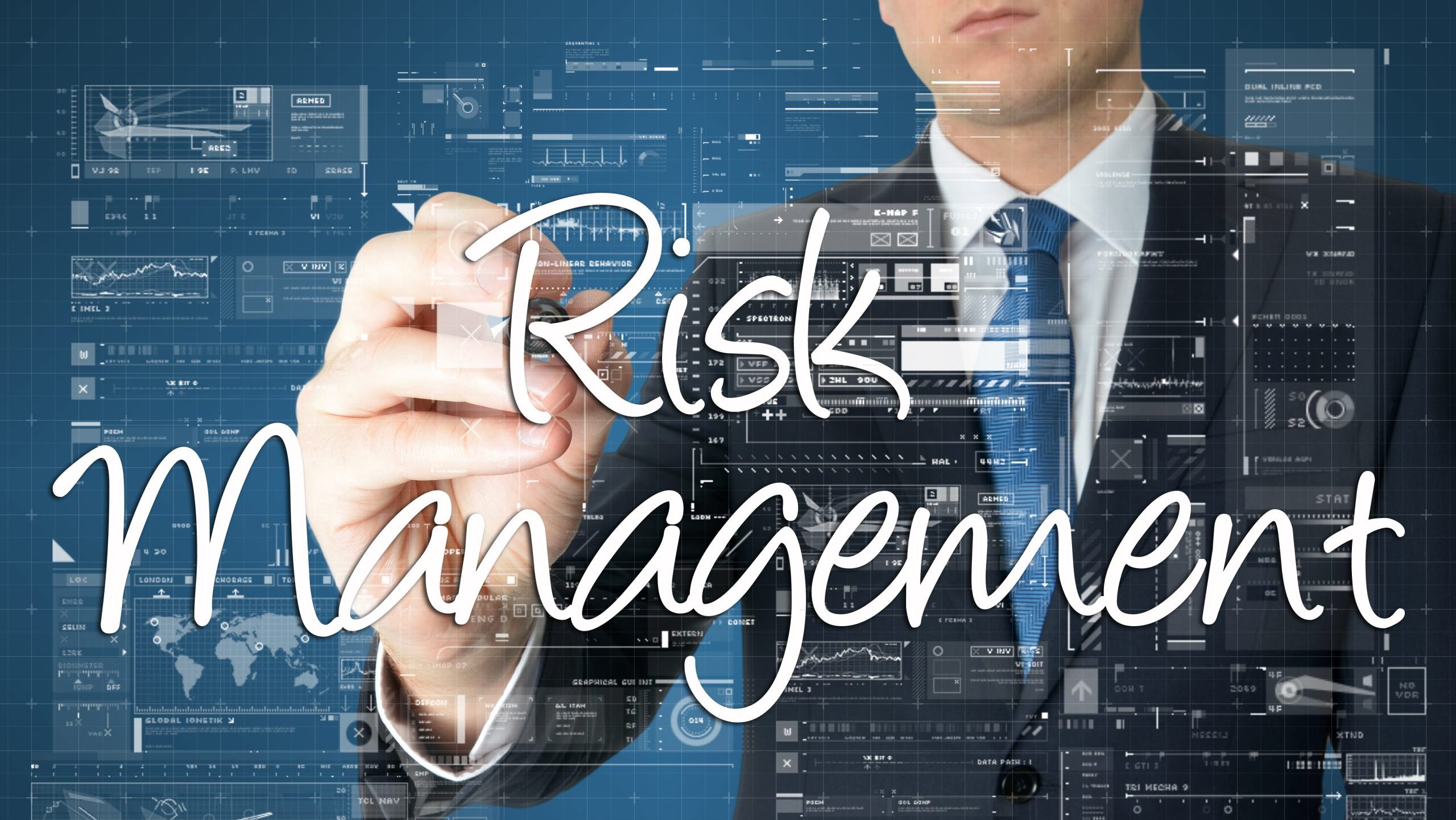
Navigating the intricacies of trading can feel like exploring a forest with a complex network of trails. With the right guide to light your path, though, you can circumvent potential pitfalls and find success. The following article serves as your lantern, illuminating the best Risk Management techniques for traders. It’s not about fortune telling, but rather, understanding potential dangers in the market and making educated decisions to mitigate your chances of losses. So, grab your metaphorical map and compass – it’s time to go on a trading excursion with risk management at the helm!
Understanding Risk Management
In the realm of trading, strategy is king. But before you delve deeper into learning different trading strategies, it’s necessary to understand one critical aspect: Risk Management.
Definition of Risk Management
Risk Management, in its simplest terms, encapsulates the processes and techniques used for controlling and limiting risks associated with trading. It includes strategies to mitigate potential financial losses due to unpredictable market movements. It’s crucial to understand that every investment carries with it some amount of risk, and hence, having a robust risk management strategy is pivotal.
Importance of Risk Management for Traders
When talking about trading, you’re dealing with a world of uncertainties. Market volatility, sudden price fluctuations, or other unpredictable events can impact your trades massively. Effective risk management helps shield your investment and secure your financial wellbeing. It helps you structure your trades and make well-informed decisions that align with your risk tolerance and investment goals.
Components of Risk Management
Successful risk management involves various components. First, it includes identifying potential risks, then analyzing, evaluating, treating, and continuously monitoring these risks. This process helps traders understand their risk-to-reward ratio, position size, use of stop losses, leverage and margin considerations, and diversification of their portfolios.
Risk-to-Reward Ratio
One of the most talked-about components in risk management is the risk-to-reward ratio.
Understanding Risk- to-Reward Ratio
The risk-to-reward ratio is used to compare the potential profit of a trade to its potential loss. For instance, if you’re willing to risk $100 on a trade for a possible return of $300, your risk-to-reward ratio would be 1:3.
Implementation of Risk-to-Reward Ratio
In any trade, you want your potential reward to exceed the risk, which means an ideal situation is achieving a risk-to-reward ratio greater than 1:1. This gives traders the buffer to absorb losses, while still maintaining profitability over time.
Effectiveness of Risk-to-Reward Ratio
A substantial risk-to-reward ratio is effective as it doesn’t require a high percentage of winning trades to remain profitable. Because of this, it’s an attractive component of risk management for many traders.
Position Sizing
Another critical aspect of risk management is position sizing.
Importance of Position Sizing
Position sizing is the process of determining how many units of an asset to buy or sell in a trade. It’s critical in managing risk as it can prevent substantial losses by minimizing the impact of any one trade on the entire portfolio.
Considerations for Position Sizing
Position sizing should align with a trader’s risk tolerance, account size, and the trade’s risk-to-reward ratio. It’s also essential to consider left-over capital after a trade, so you aren’t left without any trading funds if a trade goes awry.
Different Position Sizing Techniques
Common position sizing techniques include using a fixed percentage of capital, fixed amount, or following the Kelly Criterion – a mathematical formula designed to maximize growth of portfolio.
Stop Loss Orders
A key tool to manage risk in trading is a stop-loss order.
Definition of Stop Loss
A Stop-Loss order is a standing order placed with a broker to sell a security when it reaches a certain price. This predefined price is called the Stop Price. Essentially, it’s an automatic trigger to mitigate potential losses.
Appropriate Setting of Stop Loss
Setting an effective stop-loss requires understanding your risk tolerance, market conditions, and the volatility of the asset. Giving your trade enough room to breathe while protecting your downside is a balancing act that gets better with experience, knowledge, and consistent analysis.
Advantages and Disadvantages of Stop Loss
While stop-loss orders limit losses and require minimal monitoring, they also come with potential downsides such as trade executions at undesirable levels due to sudden market drops or “stop hunting,” a strategy used by some traders to intentionally drive prices to trigger stop-loss orders.
Leverage and Margin
Leverage and Margin trading can be powerful tools in a trader’s arsenal but need to be handled with caution.
Understanding Leverage and Margin Trading
Leverage allows traders to control larger positions with a smaller amount of capital, thereby potentially increasing returns. However, it’s a double-edged sword as it can amplify both profits and losses. In margin trading, traders borrow money to invest more, which likewise, can be risky.
Dangers of Overleveraging
Overleveraging can lead to significant losses, even exceeding deposited funds. As such, it’s crucial to understand and control leverage ratio and ensure sufficient margin to not get into a deficit.
Effects of Margin Calls
Margin calls occur when the value of a trader’s margin account falls below the broker’s required amount. It can force traders to deposit more funds or sell assets to bring the account back up.
Diversification
For traders, diversification is the classic risk management approach.
Importance of Diversification in Trading
Diversification involves spreading investments across various financial instruments, sectors, or industries to reduce exposure to any one asset. It helps attain a balance, reducing the impact of a poor performing asset on the overall portfolio.
How to Balance a Diverse Portfolio
Balancing a portfolio is all about including a variety of asset classes that are distributed proportionally based on the desired risk level. Regular rebalancing helps maintain the set proportion over fluctuating market conditions.
Pros and Cons of Diversification
While diversification can protect against unsystematic risk, it does not secure you against systematic risk that impacts the entire market. Also, over-diversification may limit potential profits and be demanding to manage.
Stress Testing
Stress testing is a way to evaluate how your investments will perform under adverse conditions.
Defining Stress Testing
In terms of trading, Stress Testing refers to a simulation technique used to assess financial risks. It essentially tests how your trading strategies or portfolio would fare under extreme market conditions.
The Process of Stress Testing a Portfolio
The process involves applying hypothetical adverse scenarios on the portfolio, like assuming significant price changes or drastic economic events, and observing the outcomes, enabling traders to adjust their strategies or holdings appropriately.
Advantages of Regular Stress Testing
Regular stress testing helps identify vulnerabilities in your trading strategy or portfolio, giving you a realistic view of potential losses and aiding in making modifications for better risk control.
Hedging Strategies
Hedging strategies are another way to protect against undue exposure.
Understanding Hedging
In trading, hedging refers to making an investment to offset potential losses from another investment. It acts as an insurance against adverse market movements.
Common Hedging Strategies in Trading
Common approaches include investing in negatively correlated assets, options contracts for potential future sell-offs, or futures contracts to lock in prices.
Benefits and Drawbacks of Hedging
Hedging can reduce losses and provide stability to portfolios, but it can also limit potential profits. Plus, hedging involves costs that can eat into your returns, and it may not always provide full protection against losses.
Risk Management Tools and Software
Technology has simplified risk management through various tools and software.
Commonly Used Risk Management Tools
These tools typically include risk analytics, portfolio stress testing tools, trading simulators, risk metric calculators, and more. They assist in monitoring, evaluating, and adapting trading strategies for risk control.
Evaluation of Risk Management Software
Choosing the right software involves considering its compatibility with your trading style, ease of use, functionality, robustness, the accuracy of simulations, and, of course, cost.
Utilization of Technology in Risk Management
The effective utilization of technology can help traders better comprehend deeper analytics, provide timely risk reports, assist in deciding trading strategies, and automate many elements of risk management.
Education and Training in Risk Management
Education is cornerstone for developing and improving your risk management skills.
Importance of Education in Trade Risk Management
With continuous learning and staying updated with market trends, you can better navigate uncertainties, smartly calculate risks, and make optimized decisions to cut down losses and enhance profitability.
Online vs Offline Training Programs
Whether it’s offline classes or online courses, webinars, or training videos, the mode of learning depends on your preference. However, the key is to ensure it provides substantial knowledge about key trading concepts and practical insights into risk management.
Update and Continuing Education in Risk Management
Risk management in trading is a continuous learning process. Regularly updating your knowledge, tips, tools through webinars, articles, books, or courses can help you stay ahead in the game.
In conclusion, mastering risk management is an essential part of being a successful trader. It needs strategic planning, disciplined implementation, emotional control, and continuous learning. Remember, it’s not about eliminating the risks, but efficiently managing them to your advantage.





